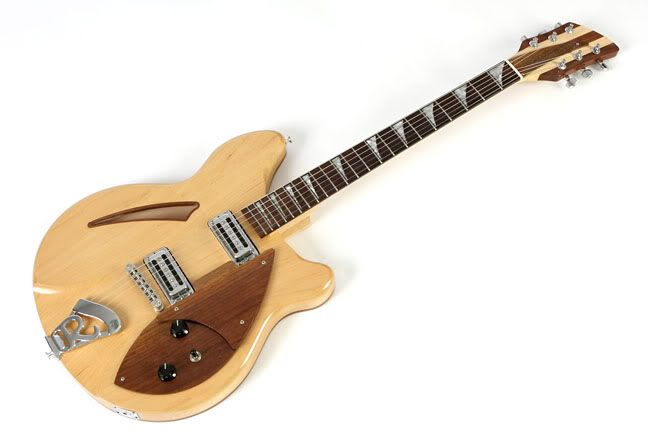"Nowadays some people are freaking out just because we dismantled a few WRHB's."
when you do your R+D in public someones always going to try to bust your chops!
I have some do it yourself videos on youtube- there is always some idiot every several weeks that comes along and says something stupid!
I never let anyone know anything untill its all done and ready to go.
when you do your R+D in public someones always going to try to bust your chops!

I have some do it yourself videos on youtube- there is always some idiot every several weeks that comes along and says something stupid!
I never let anyone know anything untill its all done and ready to go.



Comment